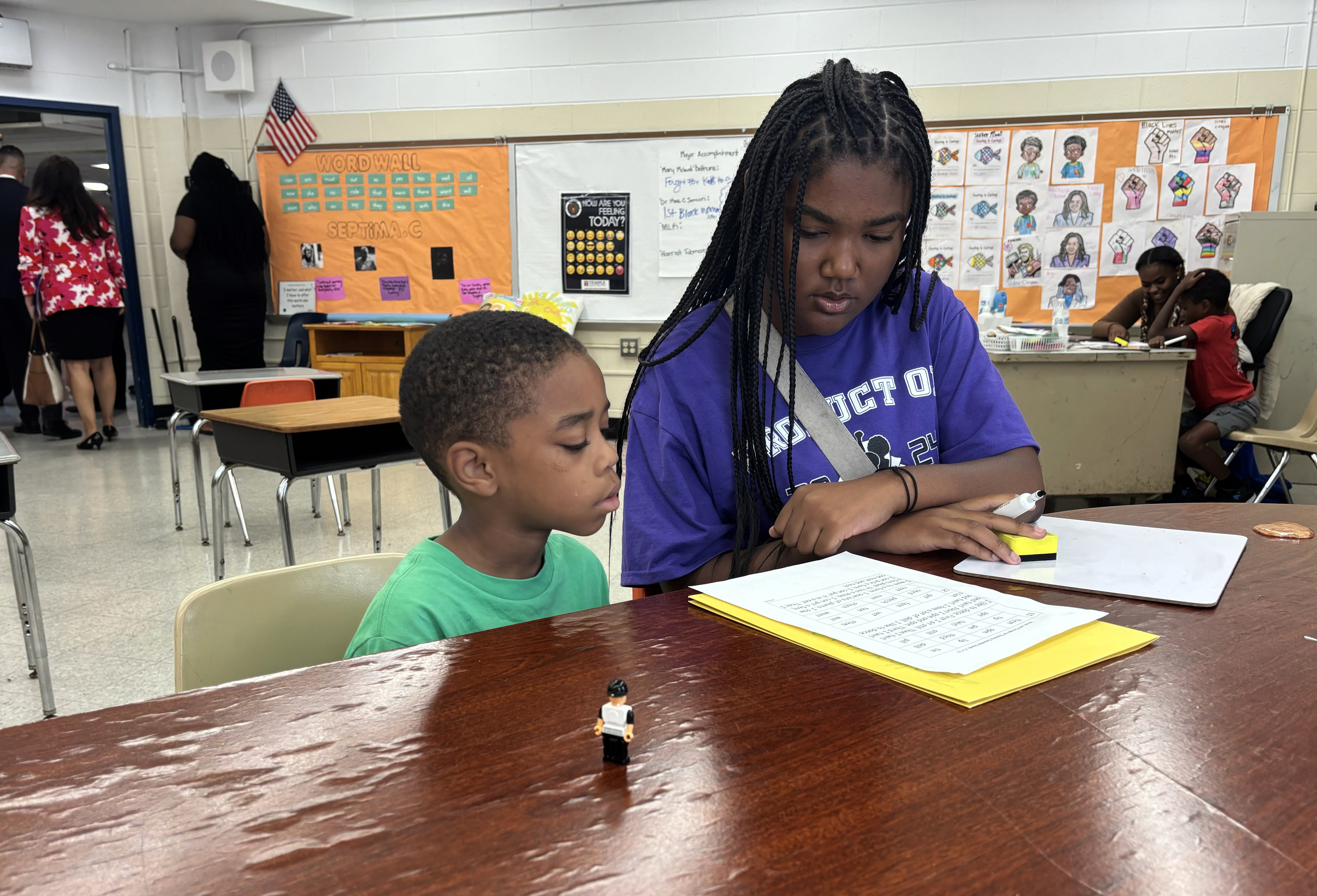Tennessee Board of Education Considers Rule Change for Students with Disabilities
Overview of Proposed Rule Amendment
The Tennessee Board of Education is currently evaluating a proposed amendment to existing guidelines that would allow schools to temporarily remove certain students with disabilities from their classrooms prior to conducting a functional behavioral assessment. This rule change targets students identified as a “disruptive force” and aims to address behavioral challenges in educational settings.
Context and Current Regulations
- In 2022, Tennessee implemented a rule requiring schools to perform functional behavioral assessments (FBAs) when students exhibit dangerous or highly disruptive behavior.
- These assessments identify behavioral causes and inform behavior intervention plans (BIPs) to support students effectively.
- Federal and state disability protections mandate that students with disabilities be educated in the “least restrictive environment” appropriate to their individualized education program (IEP).
- The least restrictive environment generally involves inclusion in general classrooms alongside peers, while more restrictive environments may include special education classrooms, separate schools, or specialized programs.
Stakeholder Perspectives and Concerns
- Disability Advocates:
- Jeff Strand, Public Policy Director for the Tennessee Disability Coalition, highlighted the importance of involving families and IEP teams in decisions regarding restrictive placements.
- Educators and School Officials:
- Local districts have reported challenges with students exhibiting significantly dangerous or disruptive behavior.
- J.C. Bowman, Executive Director of Professional Educators of Tennessee, stressed the need to balance safety with appropriate educational placements.
Implementation and Timeline Considerations
- The 2022 Tennessee rule mandates FBAs under specific conditions, including when behavior disrupts learning, threatens harm, or when restraint or isolation is considered.
- However, the rule did not clearly specify whether students could be moved before or during the assessment process.
- Concerns were raised about the potential for students to remain in restrictive environments for extended periods before assessments are completed.
- The Tennessee Department of Education generally recommends completing assessments within 45 to 60 days, though no definitive time limit exists.
Alignment with Sustainable Development Goals (SDGs)
The proposed rule change and the ongoing discussions directly relate to several United Nations Sustainable Development Goals, including:
- SDG 4: Quality Education
- Ensuring inclusive and equitable quality education for all students, including those with disabilities.
- Promoting lifelong learning opportunities by adapting educational environments to meet diverse needs.
- SDG 10: Reduced Inequalities
- Addressing disparities faced by students with disabilities by safeguarding their rights to appropriate educational settings.
- Encouraging participation of families and IEP teams to ensure individualized support.
- SDG 3: Good Health and Well-being
- Supporting safe learning environments that protect the well-being of students and educators.
- Implementing behavioral assessments to identify and address underlying causes of disruptive behavior.
Next Steps and Public Engagement
- The Tennessee Board of Education will hold a public comment session on July 24, 2025, to gather feedback on the proposed rule before a final vote.
- Stakeholders including educators, families, and disability advocates are encouraged to participate in the consultation process.
Conclusion
The proposed amendment to Tennessee’s special education guidelines seeks to balance the safety and educational needs of students with disabilities by allowing temporary placement in more restrictive environments prior to behavioral assessments. This approach emphasizes adherence to the principles of the Sustainable Development Goals by promoting inclusive, equitable, and safe education while reducing inequalities. Careful implementation and stakeholder involvement remain critical to ensuring that the rights and well-being of students are upheld.
1. Sustainable Development Goals (SDGs) Addressed or Connected
- SDG 4: Quality Education
- The article discusses education policies affecting students with disabilities, focusing on inclusive education and appropriate learning environments.
- SDG 10: Reduced Inequalities
- The article addresses the rights and protections for students with disabilities, aiming to reduce inequalities in educational access and treatment.
- SDG 16: Peace, Justice and Strong Institutions
- The article references legal frameworks such as the Individuals with Disabilities Education Act and state disability protections, emphasizing fair treatment and institutional accountability.
2. Specific Targets Under Those SDGs Identified
- SDG 4: Quality Education
- Target 4.5: Eliminate gender disparities and ensure equal access to all levels of education and vocational training for vulnerable populations, including persons with disabilities.
- Target 4.a: Build and upgrade education facilities that are child, disability and gender sensitive and provide safe, non-violent, inclusive and effective learning environments.
- SDG 10: Reduced Inequalities
- Target 10.2: Empower and promote the social, economic and political inclusion of all, irrespective of disability status.
- SDG 16: Peace, Justice and Strong Institutions
- Target 16.6: Develop effective, accountable and transparent institutions at all levels, including in education systems.
3. Indicators Mentioned or Implied to Measure Progress
- Indicator 4.5.1: Parity indices (e.g., disability inclusion) measuring access to education at various levels.
- Indicator 4.a.1: Proportion of schools with access to disability-friendly facilities and resources.
- Indicator related to Individualized Education Programs (IEPs): The presence and implementation rate of IEPs for students with disabilities, ensuring tailored education plans.
- Indicator related to Functional Behavioral Assessments (FBAs): Number and timeliness of functional behavioral assessments conducted for students exhibiting disruptive behavior.
- Indicator related to placement in least restrictive environments: Percentage of students with disabilities educated in general classrooms versus more restrictive settings.
- Indicator related to compliance with legal protections: Monitoring adherence to federal and state disability laws in educational settings.
4. Table of SDGs, Targets, and Indicators
| SDGs | Targets | Indicators |
|---|---|---|
| SDG 4: Quality Education |
|
|
| SDG 10: Reduced Inequalities |
|
|
| SDG 16: Peace, Justice and Strong Institutions |
|
|
Source: commercialappeal.com







